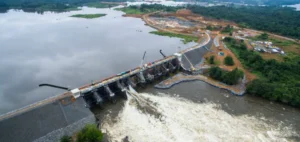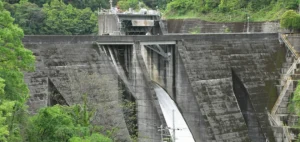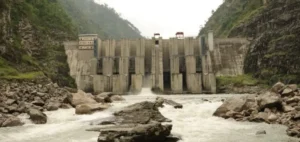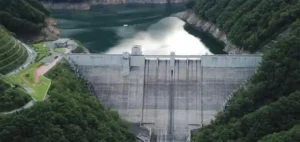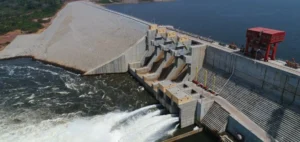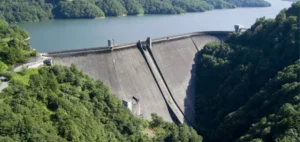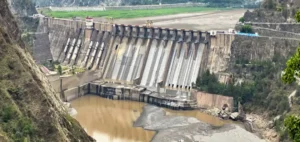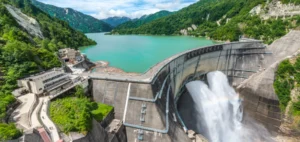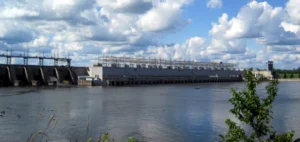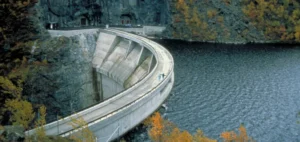The Yangtze, China’s longest river, is home to six mega-hydropower plants: Wudongde, Baihetan, Xiluodu, Xiangjiaba, the Three Gorges Dam and Gezhouba. Together, they form a 1,800-kilometre clean energy corridor, with a total waterfall of over 900 metres. This network aligns 110 hydroelectric generators, producing continuous green electricity. Recently, these plants have been connected to an industrial Internet platform, constituting the “industrial brain” of this corridor, aimed at improving operational efficiency and reliability.
Environmental and economic impact
Since their commissioning, these plants have generated over 3.5 trillion kilowatt-hours of electricity, saving over a billion tonnes of standard coal and reducing CO2 emissions by over 2.8 billion tonnes. As well as generating energy, they ensure smooth transport, an adequate water supply and ecological conservation. For example, the Baihetan power plant, with its 16 generating units, offers a total installed capacity of 16 million kilowatts, using advanced techniques to maximize energy production.
Technological Innovations and Ecological Management
The installation of sensors to collect data in real time enables continuous monitoring and immediate reaction in the event of anomalies. The Baihetan power plant, fully operational since December 2022, illustrates China’s advances in hydroelectric engineering. China ‘s ability to produce million-kilowatt generating units has required new techniques and materials, such as high-strength steel developed in collaboration with major steelmakers for spiral casings, eliminating dependence on imports.
Intelligent Management and Optimized Navigation
The industrial Internet platform facilitates intelligent management of operations, maintenance and repairs, reinforcing the digitalization of operations. In addition to supplying electricity, this corridor has improved navigation conditions on the Yangtze. Previously non-navigable sections have become wide passages, increasing the capacity and efficiency of river transport. The river is also a strategic freshwater reserve, with a storage volume of 91.9 billion cubic meters, essential for water resource management in China.
Ecological Conservation and Future Challenges
Ecological management of the Yangtze includes systematic water discharges to promote fish reproduction and regulate water temperature, prevent algae blooms and reduce sediment. These efforts are aimed at restoring and conserving the aquatic ecosystem of the Yangtze basin. As a result, this clean energy corridor has also become an ecological conservation corridor, illustrating an integrated approach to energy production and environmental management.



